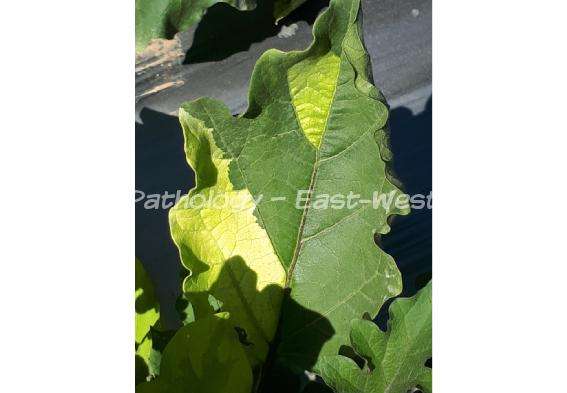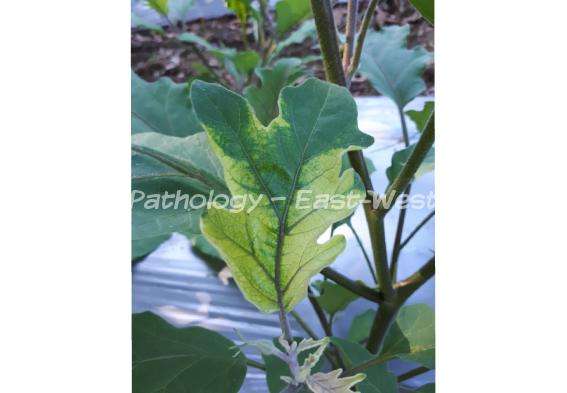Causal Agent:
Abiotic(Genetic mutation)
| Characteristic Symptoms: | |
 |
Spontaneous genetic mutation in plants causes changes in color or shape of melon leaves. |
 |
Typical symptoms of chimera are variegation or distortion of leaves resembling with those caused by viruses or herbicide injury. |
| Conditions for Disease Development: | |
 |
Chimeras are caused by spontaneous genetic changes in the plant. |
| Control and Management: | |
 |
Use the best quality of seeds available. |
| References: | |
 |
Pepper and Eggplant Disease Guide by Seminis |
 |
Aphids |
| Common Species: | |
 |
Aphis gossypii - cotton aphids |
 |
Myzus persicae - green peach aphids |
 |
Aphis fabae - bean aphid |
| Common Name: | |
 |
plant lice |
 |
greenflies |
 |
blackflies |
| Damaging Stage: | |
 |
Adults and nymphs |
| Crops Affected: | |
 |
Cucurbits, solanaceous, legumes, papaya, cotton |
| Characteristic Damage: | |
 |
Initial damage includes yellowing of leaves. |
 |
High aphid population causes downward curling of leaves, stunted plant growth and wilting. |
 |
Aphids produce honeydew, a sticky exudate that serves as substrate for the growth of sooty mold. It also interferes with the leaves’ photosynthesis and transpiration. |
 |
They are known vectors of different groups of viruses including Potyvirus (PRSV, ZYMV, ChiVMV), Luteovirus (CAYV/NMK) and Cucumovirus (CMV). |
| Management and Control: | |
 |
Monitor the area regularly. |
 |
Remove weeds and volunteer plants that may serve as alternate hosts for the aphids. |
 |
Regulate use of nitrogen fertilizer, excessive nitrogen fertilization favors aphid reproduction. |
 |
Use yellow sticky traps to minimize aphid population. |
 |
Use plastic mulch to repel the aphids. |
 |
Use botanical extracts like neem, kakawate and hot pepper and canola oil. |
 |
Apply imidacloprid, acephate, thiamethoxam, acetamiprid, azadirachtin, dinotefuran, acetamiprid, spinosad, pymetrozine when necessary. |
To view other diseases, click here.
Need more help? Ask the Doctor.










